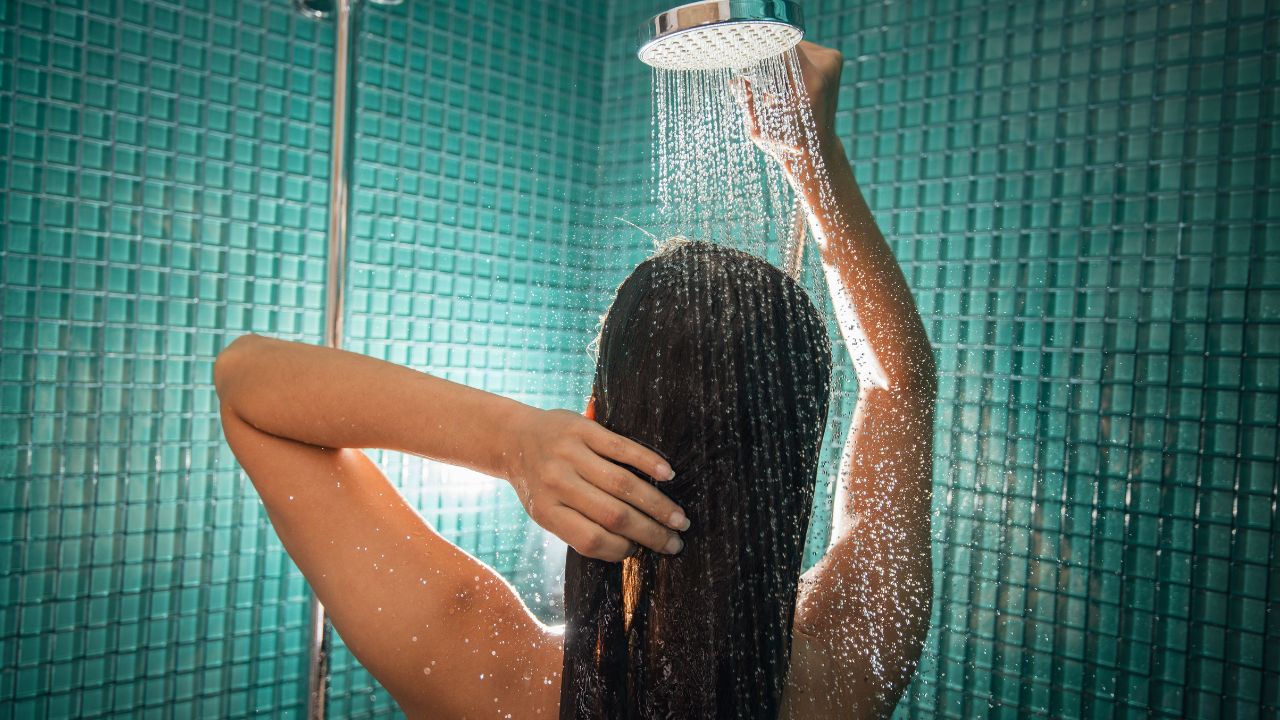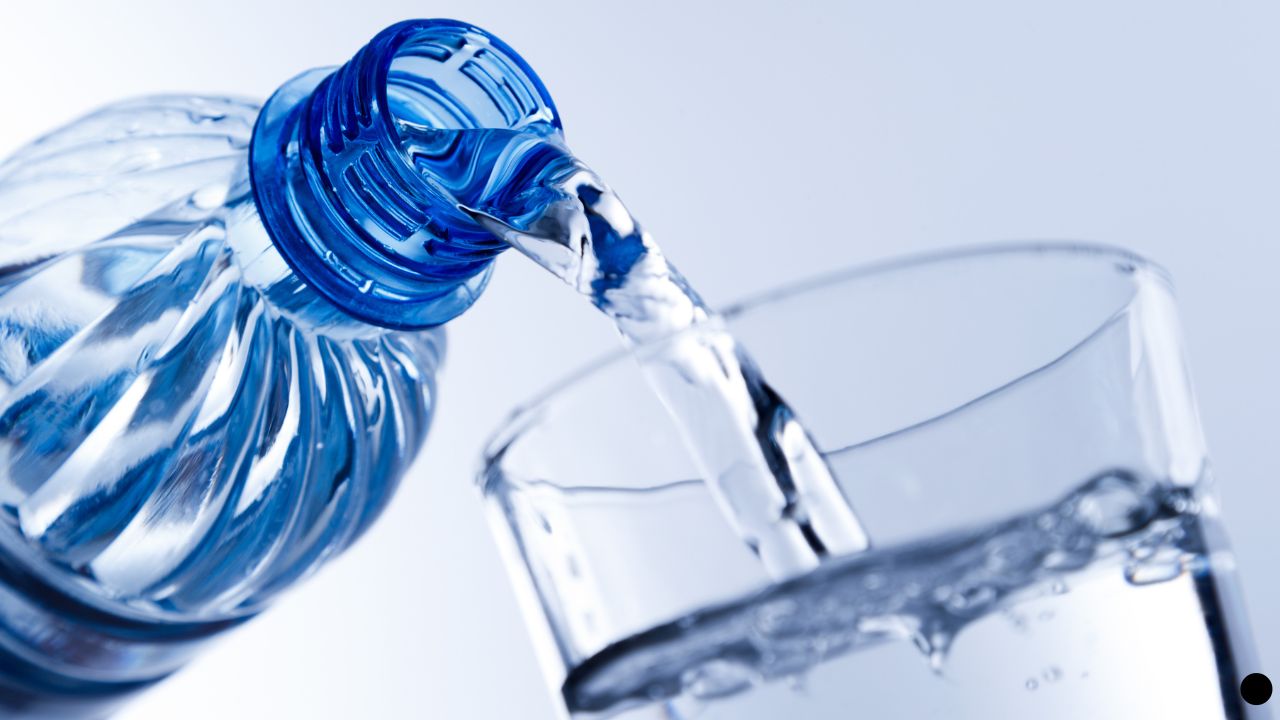My buddy Jake called me last Tuesday, sounding like absolute garbage. He’d been dealing with this persistent cough for weeks – the kind that keeps you up at night and makes people avoid you at work.
“Dude, I’ve been to three different doctors,” he told me between coughing fits. “They’ve given me every antibiotic under the sun, but nothing’s working. One of them even asked if I’d been exposed to anything weird at home.”
That got my attention. A few weeks earlier, I’d come across this article about bacteria living in showerheads. At the time, I’d skimmed it and thought “gross, but probably not something I need to worry about.” But listening to Jake hack up a lung on the phone made me wonder – could something as simple as his daily shower be making him sick?
Turns out, I was onto something. And what I discovered about the bacterial ecosystem thriving in our showerheads completely changed how I think about bathroom hygiene.
The Biofilm Jungle in Your Showerhead
Here’s something that’ll ruin your next hot shower: your showerhead is basically a petri dish. The inside of most showerheads contains what scientists call “biofilms” – slimy layers of bacteria that thrive in warm, moist environments.
Research shows that bacterial abundances often exceed 106 cells cm−2 inside shower plumbing. To put that in perspective, that’s millions of bacteria per square centimeter. Your toilet seat has way fewer germs than your showerhead.
The really unsettling part? Every time you turn on your shower, some of these bacteria get “aerosolized” – basically turned into microscopic droplets that you then breathe deep into your lungs. It’s like getting a bacterial mist treatment you definitely didn’t sign up for.
The Bacteria You Don’t Want to Meet
Not all bacteria are bad, obviously. But the specific types that love living in showerheads include some genuinely concerning characters:
Mycobacterium avium – This cousin of tuberculosis bacteria has been found in 20% of household showerheads in studies. It can cause serious lung infections, especially in people with compromised immune systems. But here’s the kicker – it can also make healthy people sick.
Legionella – Yes, the same bacteria that causes Legionnaires’ disease. It thrives in warm water systems and can be fatal if you inhale enough of it.
Pseudomonas aeruginosa – Triggers ear and eye infections, and can be particularly nasty for people with underlying health conditions.
What makes these bacteria especially problematic is their resistance to standard disinfectants. Mycobacteria are significantly more resistant than other bacteria to chlorine and chlorine by-products, which means the chlorine your water utility adds to kill germs actually helps these specific bacteria dominate your showerhead ecosystem.
Why This Problem Is Getting Worse
The rise in nontuberculous mycobacterial (NTM) lung infections has been puzzling doctors for years. But researchers are starting to connect the dots to our shower habits.
Think about it: a century ago, most people took baths. Soaking in a tub doesn’t create the same bacterial aerosols that showering does. It has been hypothesized that the rise in pulmonary infections by nontuberculous mycobacteria over recent decades is linked to increased use of showers rather than baths.
The problem is worse in certain regions. States like Florida, California, and Hawaii have become “hot spots” for NTM infections, and researchers have found these same areas have higher concentrations of dangerous bacteria in residential showerheads.
Municipal water treatment might actually be making the problem worse. Areas with heavily chlorinated water show higher levels of mycobacteria in showerheads because these bacteria are chlorine-resistant while their competitors aren’t.
Who’s Most at Risk?
The good news is that most healthy people won’t get seriously ill from shower bacteria. The bad news? A growing number of us fall into higher-risk categories:
- People with compromised immune systems (cancer patients, transplant recipients, HIV patients)
- Anyone with chronic lung disease or conditions like asthma
- Smokers (past or present)
- Alcoholics
- Older adults
- People with certain genetic predispositions
But even healthy guys can develop infections. I learned this firsthand watching Jake’s situation unfold with our decade-old showerhead that we’d never thought to clean or replace.
The Geographic Factor
Where you live matters more than you’d think. Researchers found geographic regions within the United States where showerheads have particularly high abundances of potentially pathogenic lineages of mycobacteria, and these “hot spots” generally overlapped those regions where NTM lung disease is most prevalent.
If you live in:
- Hawaii
- Southern California
- Florida
- New York City area
- Parts of the Southwest
You’re in a higher-risk zone for both showerhead contamination and related lung infections.
What You Can Actually Do About It
After Jake’s whole ordeal, I wasn’t taking any chances. But instead of just worrying about it, I figured out some practical steps that actually work.
Replace Old Showerheads This was my first move after Jake’s situation. If you’ve had the same showerhead for years (or got one with your place and never changed it), just replace it. They’re not expensive, and it’s the easiest way to start fresh.
For guys with health issues, some experts recommend replacing showerheads every couple of years as a precaution.
Choose Metal Over Plastic Studies show bacteria build up more in plastic fixtures than metal ones. When I bought my replacement, I went with stainless steel.
Clean Regularly I now do a monthly deep clean of my showerhead:
- Take it off completely
- Soak in white vinegar for several hours
- Scrub with an old toothbrush to clear out all the holes
- Rinse thoroughly before putting it back
Let Water Run Before Getting In I’ve started running the shower for 30 seconds before jumping in. This flushes out the stagnant water where bacteria concentrations are highest.
Consider Filtered Shower Water Whole-house water filtration systems can reduce the bacterial load coming into your plumbing. It’s a bigger investment, but worth considering if you’re in a high-risk area or have health concerns.
Improve Bathroom Ventilation Better airflow reduces the humid conditions bacteria love. I installed a more powerful exhaust fan and leave it running during and after showers.
Hospital-Grade Solutions
Some hospitals now use special membrane-integrated showerheads that filter out bacteria before the water even reaches you. Research in stem cell transplant units showed these systems reduced bacterial counts in shower aerosols by over 80%.
While these aren’t widely available for home use yet, they point toward potential solutions for high-risk individuals.
When to See a Doctor
If you’ve been experiencing persistent respiratory symptoms – especially a nagging cough, shortness of breath, or frequent lung infections – it’s worth asking your doctor about NTM testing.
Be prepared to mention your home’s water source and shower habits. Many doctors still aren’t aware of the showerhead connection, so you might need to educate them.
The Bigger Picture
This whole showerhead situation is a perfect example of how modern conveniences can create unexpected health risks. We traded the safety of baths for the convenience of showers without fully understanding the trade-offs.
The research is still developing, but the patterns are clear enough to take seriously. Areas with the most chlorinated water have the most resistant bacteria in showerheads. People in those areas also have higher rates of certain lung infections.
It’s not exactly cause and effect proven in court, but it’s compelling enough that I’m not taking chances with my family’s health.
My New Shower Routine
These days, my bathroom setup looks a bit different:
- New stainless steel showerhead (replacing every 18 months)
- Monthly vinegar cleanings
- 30-second water flush before getting in
- Better ventilation during and after showers
- Annual water quality testing
It sounds like a lot, but honestly, most of it has become routine. And Jake? He replaced his crusty old showerhead, started cleaning it regularly, and hasn’t had another mystery respiratory infection since.
The peace of mind is worth the small hassle. Every time I step into my shower now, I know I’m not breathing in a cocktail of potentially dangerous bacteria. That’s worth a few extra minutes of maintenance each month.
Your showerhead might look clean from the outside, but remember – it’s what you can’t see that matters most. In this case, what you can’t see might literally be making you sick.
Please read – our information
The information presented on cleanairandwater.net is compiled from official water quality reports, trusted news sources, government websites, and public health resources. While we strive for accuracy and thoroughness in our presentations, we are not scientists, engineers, or qualified water quality professionals.
Our mission is to present water quality information in an accessible, real-world format that helps people understand what’s in their water and make informed decisions about their health and safety. We believe that complex environmental information should be available to everyone in a format that’s easy to understand.
We make every effort to ensure our content is current and accurate, but we cannot guarantee that all information is complete or error-free. This website should not replace official communications from your local water utility or health department. We always recommend consulting official sources for the most up-to-date information regarding your specific water system.
Clean Air and Water is not liable for any unintentional errors, omissions, or outdated information. The content on this site is provided for informational purposes only and should not be considered professional advice.



